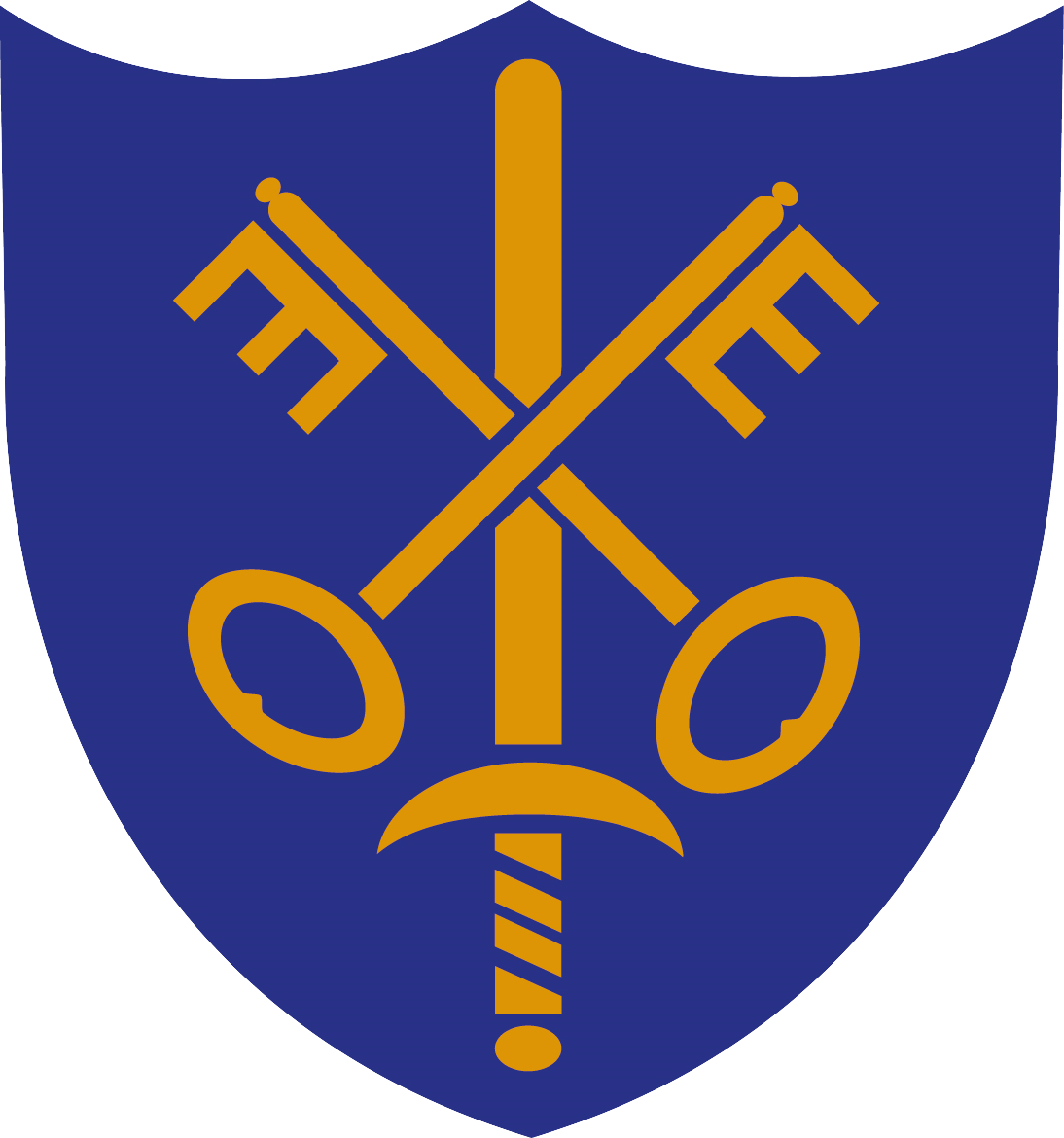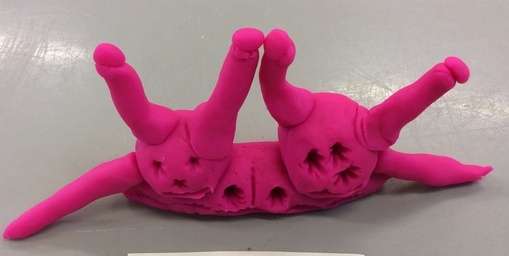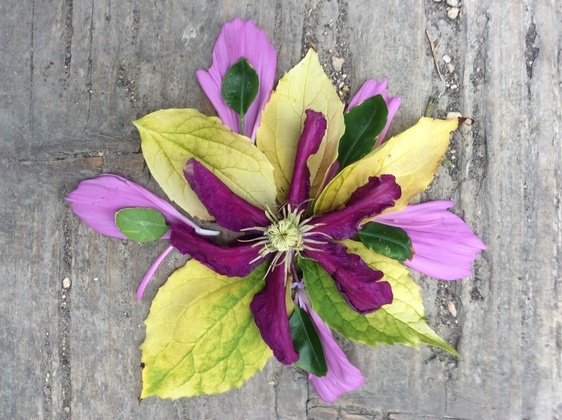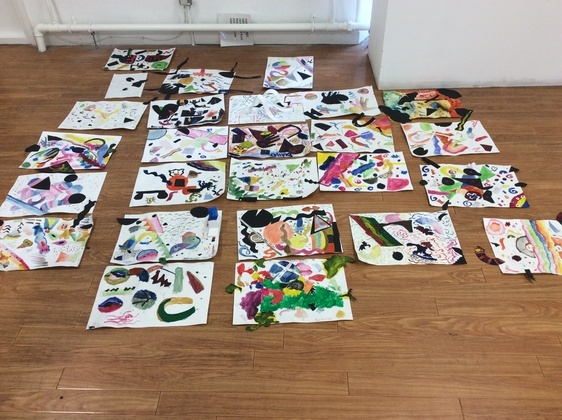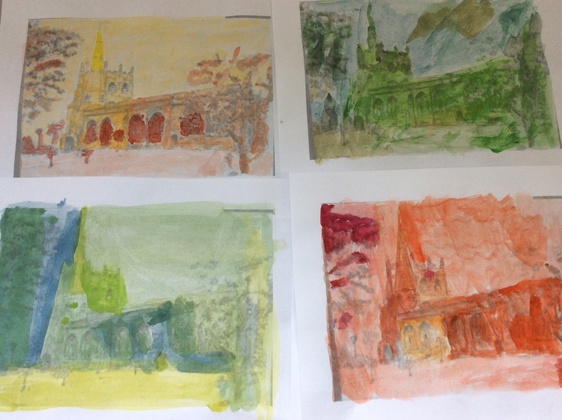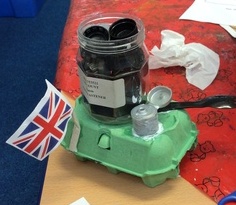Art
Art and Design Curriculum Rationale
At Ormskirk Church of England Primary School, we are creative, original and imaginative!
We want our children to love art and design and realise just how far these skills can take them. We want them to leave our school with the skills and knowledge to become whatever they want to be. We want them to embody our core Christian values through all that they do. We believe that if we can Inspire our children to Aim High they can Achieve and Shine.
Curriculum Intent
Our Art and Design curriculum is designed to promote creativity and foster children’s imagination. We want to encourage the development of their personal expression and originality.
We want to ensure we provide our children with, not only the minimum statutory requirements laid out in the National Curriculum, but also opportunities and experiences that could enable them to see a life with Art beyond the primary classroom. Our children experience an annual Gallery evening whereby they, alongside family members, can come into school and see their work displayed amongst their peers.
We want our children to be proud of the area they live in and where they come to school. We want them to appreciate and respect its diversity and co-operate with one another through their learning. We aim to encourage our children to value the contribution made to the world by artists, crafts people and designers from a variety of backgrounds and cultures and how these individuals can influence their own artistic styles. Our Year 3 children spend time looking at Ormskirk as a town and focus on its history and character. They take time focussing on drawing different historical buildings and their features and discuss what the town means to them.
Our hope is to enrich our children’s time in our school with memorable experiences and opportunities which, may otherwise, not be available to them. For example, our Year 4 children take their sketching pencils and pads to Ingleton Falls whilst learning about the water cycle. Incorporating Art into school trips ensures children can experience and enhance their skills outside of the classroom too. At Ormskirk Church of England Primary School, we truly believe that it is not just in the classroom that we can inspire our children but with the added value of all our other enriching cross-curricular opportunities too.
Curriculum Implementation
The Art and Design curriculum has been devised ensure progression and repetition in terms of embedding key learning, knowledge and skills. In our curriculum, children explore and practice the practical skills and techniques involved in the unit and use their sketch books to record their observations and to review and revisit ideas before producing a final piece. Evaluation, both self and peer, is very important in our school as an aid to helping children reflect and develop and this is very much part of our Art lessons.
The way each area is taught in our school has been adapted so that the disciplines are revisited in each phase, at a progressively deeper level. For example, all areas will be taught by the end of KS1, then again in LKS2 and finally in UKS2.
The national curriculum for Art and Design aims to ensure that all pupils by the end of year 6:
-
produce creative work, exploring their ideas and recording their experiences
-
become proficient in drawing, painting, sculpture and other art, craft and design techniques
-
evaluate and analyse creative works using the language of art, craft and design
-
know about great artists, craft makers and designers, and understand the historical and cultural development of their art forms
To ensure our children achieve this, and more, our curriculum aims to help them embody the following characteristics:
-
To understand and use artistic vocabulary (for example, line, shape, pattern, colour, texture, form) to interpret observations, share insights and emphasise their individuality.
-
To draw confidently and boldly using their own observations, memories and imagination.
-
To explore and create marks, develop and break down ideas and communicate through purposeful drawing in 2D, 3D or digital media.
-
To discuss the work of other artists, craft makers and designers and display their influence in their own work.
-
To reflect on, analyse and critically evaluate their own work and that of others.
-
To show, and share with others, a passion for and a commitment to the subject.
In our school, we use Access Art as the basis of our Art Curriculum. This high-quality resource supports teachers in developing their pedagogical approach to teaching art and ensures that they are equipped to deliver lessons that fulfils the National Curriculum. The majority of subjects are taught discretely, but staff make meaningful links across subjects. They link prior knowledge to new learning to deepen children’s learning. For example, in Year 1 the children explore Georgia O’Keefe’s flower paintings as inspiration for their painting topic and also tackle; ‘Growth and Green Fingers’ in English using The Enormous Turnip and Oliver’s Vegetables by Alison Bartlett. While in Science they learn about wild and garden plants.
For an overview of how an Art lesson is structured, please click here.
Curriculum Impact
Staff use our Art Progression map to assess their children and inform planning of lessons and any necessary interventions. There are ‘I can’ statements for each discipline to aid planning and assessment.
All teachers will use a variety of assessment techniques to monitor children’s progress.
Formative assessment will be on-going via observations and dialogue with the children with next steps discussed by both sides.
In our school, we use Earwig timelines for each child and a record of their final products can be found on this site for parents to see (if not in sketchbooks). This timeline also acts as an insight into the children’s lessons and other experiences, giving parents a glimpse into their children’s academic lives that they might ordinarily miss out on.
When work is put onto Earwig it will be assessed using Blooms Taxonomy as other Foundation subjects across the school are.
Feedback to the children about their Art is achieved through discussion, evaluation and effective marking. This is carried out in line with the school policy on marking and aim to be positive, constructive and immediate, where practical, in order to achieve potential.
We feel it is an important skill for children to learn to give, and receive, feedback from their peers. Children will be taught how to give constructive feedback to help other develop their work, whilst looking critically at their own pieces too.
At Ormskirk Church of England Primary School we are Creatives!
